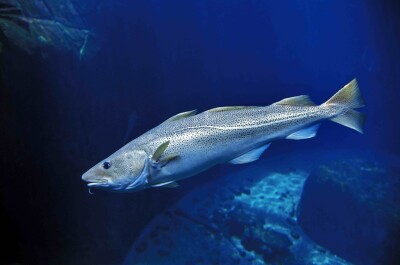“My wife told me to sell the boats,” says Brad Pettinger, a longtime trawl fisherman in the Pacific Northwest. “But I said, honey, who’s gonna buy them? At that time we just didn’t have anything.”
The “anything” was fish to catch. Fifteen years ago, America’s vast $50 million Pacific groundfish fishery, which stretches some 1,200 miles from Southern California to the Canadian border, collapsed.
Several critical species — from the spiky, orange canary rockfish to the large lingcod — had dropped to below one-quarter of their natural, un-fished levels. Sharp restrictions were brought in, and the fishery was officially declared an economic disaster. Many fishermen found themselves stranded and facing bankruptcy. “It was a perfect example of too many trawlers chasing too few fish,” says Pettinger, who is now director of the Oregon Trawl Commission. “It was a dark time.”






